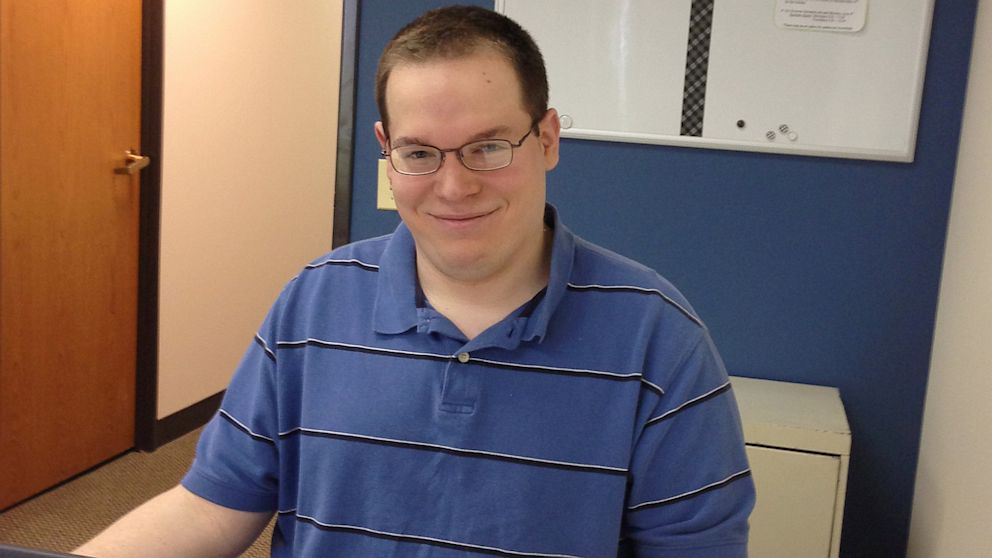Autism spectrum disorder is becoming increasingly common, with more children receiving diagnoses each year, yet this rise signals growing awareness rather than a cause for alarm. Understanding autism requires recognizing both its challenges and the unique perspectives autistic individuals bring to society.
A closer look at autism prevalence
Fresh statistics from the Centers for Disease Control and Prevention (CDC) reveal that one in every 31 American children receives an autism spectrum disorder (ASD) diagnosis by their eighth birthday, a notable jump from the 2023 figure of one in 36. This consistent upward trend in diagnoses signifies not only enhanced understanding and diagnostic methodologies but also a wider societal acceptance of neurodiversity. As both a researcher and someone personally diagnosed with Asperger’s syndrome, I have directly observed the convergence of these figures with individual journeys and communal viewpoints.
Autism spectrum disorder manifests uniquely in each person, generally impacting their social interaction, communication abilities, and behavioral traits. Several decades ago, autism was thought to be uncommon, with figures suggesting it affected as few as 1 in 500 children. Nevertheless, initial research from the late 1990s, including studies carried out in New Jersey, indicated greater prevalence rates, closer to 1 in 150 children. The creation of the Autism and Developmental Disabilities Monitoring Network by the CDC in 2000 enabled national surveillance, verifying that autism was considerably more widespread than previously understood.
Geographical and population characteristics impact the rates of occurrence. For example, California indicates roughly 1 in 19 children are affected by autism, while Texas shows a range from 1 in 51 to 1 in 103. In Arizona, the incidence closely matches the national average, standing at approximately 1 in 32. Although males continue to receive diagnoses more often than females, the disparity between genders has decreased, indicating a better understanding of how autism presents uniquely in each sex.
From diagnosis to societal acceptance
The increasing number of autism diagnoses shouldn’t be viewed exclusively as a detrimental development. A significant number of children on the autism spectrum are fully engaged in educational settings, athletic pursuits, and social interactions. Studies reveal that most of them aim to pursue higher education and build fulfilling careers. These achievements underscore the necessity of perceiving autism not just as a collection of difficulties, but as a broad range of distinct talents and prospects.
Changes in diagnostic criteria have expanded the definition of autism, allowing for earlier and more accurate identification across a wider range of behaviors. Additionally, increasing societal acceptance has created an environment where autistic individuals are more visible and included, both in media representation and in everyday community life. Characters with autism often serve as protagonists in film and television, providing audiences with relatable and empowering portrayals that challenge outdated stereotypes.
The worth of neurodivergent viewpoints
Autistic individuals contribute unique insights and skills that enrich workplaces, communities, and creative endeavors. The ability to notice patterns, think innovatively, and approach problems from alternative angles has been a hallmark of many successful professionals with autism. For example, Temple Grandin’s autism informed her pioneering work in animal behavior, while Dan Aykroyd credits his Asperger’s syndrome with inspiring creative projects such as the film “Ghostbusters.” These examples underscore that neurodiversity can drive both cultural and scientific contributions.
Acknowledging these advantages additionally guides policy formulation and urban development. Initiatives crafted to cater to varied requirements—like adaptable employment schedules, specialized academic assistance, and focused career development—empower autistic people to flourish in occupational and social contexts. Municipalities that secure autism accreditation demonstrate how local government efforts can foster sensory-aware, welcoming surroundings, guaranteeing wider availability of medical services, schooling, and leisure pursuits. Mesa, Arizona, for example, obtained this recognition in 2019, acting as an exemplar for other cities striving to assist their autistic inhabitants.
Building inclusive communities
The growing awareness of autism presents a chance to transform public perceptions and foundational structures. Educational frameworks need to evolve to support an increasing population of students with developmental variations, integrating specific training for educators and customized classroom adjustments. Similarly, healthcare professionals can adopt methods that address the requirements of autistic individuals, focusing on dialogue, empathy, and personalized treatment.
Workplace inclusion is another critical area. Programs that hire, train, and retain workers with disabilities, along with accommodations such as remote work, contribute to economic empowerment and community participation. By addressing the full spectrum of needs—from education to employment to independent living—society can cultivate environments where autistic individuals can succeed alongside their neurotypical peers.
Changing views on autism
Ultimately, the rising prevalence of autism represents more than a numerical trend; it is a reflection of increased awareness, understanding, and acceptance. Autistic individuals, with their distinctive ways of thinking, offer valuable contributions that enhance communities and challenge conventional approaches to problem-solving. Viewing autism through this lens encourages a more inclusive and dynamic society, where differences are celebrated rather than stigmatized.
As children diagnosed with autism today grow into adults, it is imperative for policymakers, educators, employers, and community leaders to continue building structures that support lifelong engagement and success. The growing visibility and acknowledgment of autism invite society to harness the strengths of neurodiverse populations, ensuring that everyone has the opportunity to participate meaningfully in all aspects of life. By fostering acceptance and accommodating differences, we can create vibrant, inclusive communities where every individual’s potential is recognized and valued.
The evolving understanding of autism—its challenges, capabilities, and societal implications—demonstrates that neurodiversity is not something to fear but a powerful catalyst for innovation, empathy, and community growth. Recognizing the contributions of autistic individuals is essential to building a world where all perspectives can flourish.





